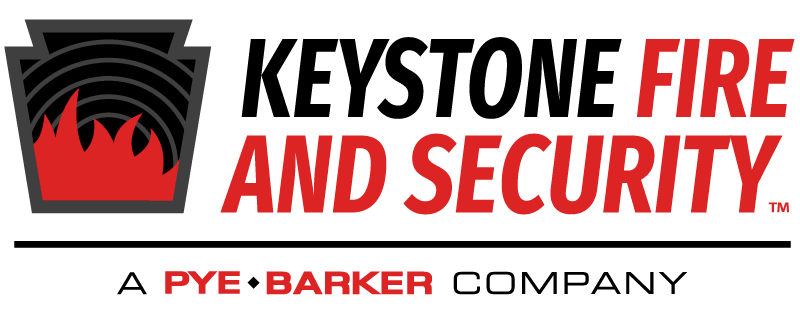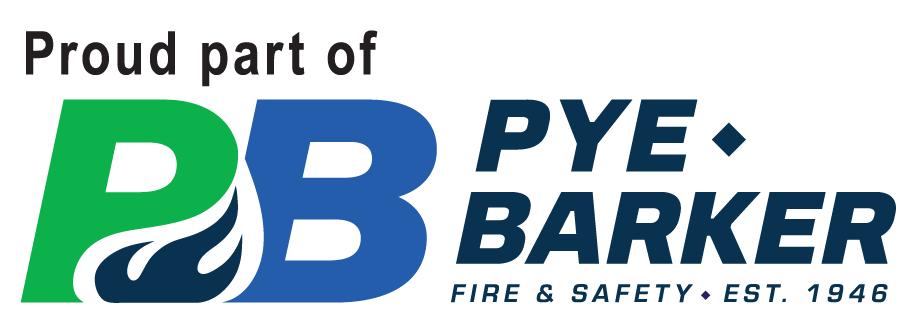 The Occupational Safety and Health Administration (OSHA) requires compliance with a number of standards to ensure facilities are protected in the event of a fire. As a result, it’s no surprise that many of these regulations pertain to portable fire extinguishers.
The Occupational Safety and Health Administration (OSHA) requires compliance with a number of standards to ensure facilities are protected in the event of a fire. As a result, it’s no surprise that many of these regulations pertain to portable fire extinguishers.
What many people don’t always realize, however, is that OSHA compels facilities to do more than simply keep fire extinguishers on the premises. There are other expectations in place when it comes to maintenance or storage, as well as various obligations regarding proper training practices.
Inevitably, facilities will face fire safety inspections and so it is important to have a good grasp on what exactly OSHA demands when it comes to fire extinguishers. Not only will it ensure that your employees and your building will be as prepared as possible in the event of a fire, but also could save you from a hefty fine or citation. Below are some of OSHA’s most common fire extinguisher violations and ways to prevent them.

Common OSHA Fire Extinguisher Violations
Simply put, you can’t be ready for a fire safety inspection if you don’t even know what an OSHA inspector will be on the lookout for. Consequently, the first step to OSHA compliance is learning about what is required when it comes to fire extinguishers.

Here are five of the most common OSHA fire extinguisher violations:
- Improper fire extinguishers supplied. Not all fire extinguishers are created equally. Certain devices might use different chemical agents to put out fires or might be deployed in unusual manners. OSHA distinguishes between different types of portable fire extinguishers, and even prohibits employers from supplying their facilities with certain variations. Fortunately, OSHA does delineate exactly what kind of portable fire extinguishers are accepted under the regulations.
- Failure to maintain fire extinguishers. OSHA also requires that “portable fire extinguishers are maintained, fully charged, operating properly, and kept in designated places at all times.” Under this regulation, OSHA is seeking to ensure that portable fire extinguishers are in proper working order so that they will work reliably when an emergency situation arises. To many individuals, this might seem like a common-sense regulation, but occasionally employers miss this obligation because there hasn’t been a fire emergency in years, and the extinguisher has expired or deteriorated to a state where it is not working correctly.
- Inadequate distribution of fire extinguishers.Portable fire extinguishers must be available for employee use. As a result, employers occasionally get dinged for fire extinguisher violations when they fail to place fire extinguishers in easy-to-access locations – especially in places where there is a greater risk of a fire occurring. Violations also occur when fire extinguishers are hidden, blocked from view, not identifiable or improperly mounted.
- Lack of fire extinguisher inspection records.OSHA requires employers to perform a visual inspection of all fire extinguishers at least monthly. Additionally, OSHA instructs employers to complete a mandatory annual inspection as well as periodic maintenance inspections. While monthly visual inspections do not necessarily have to be documented, both the annual inspection and maintenance inspections must be recorded and documented. Failure to provide proof that the inspections have been completed can result in a citation.
- Insufficient employee training.Every employer is also required to train all new employees on the proper way to use a fire extinguisher and smother active fires. Furthermore, employers must designate specific employees as the individuals permitted to use the fire extinguishers in case there is an emergency. Employees who have not been properly trained or authorized to use the fire safety equipment are prohibited from using such devices, and failure to carry out regular training’s or have a safety plan can lead to an OSHA violation.

How to Avoid OSHA Fire Extinguisher Violations
Even with complete knowledge of what OSHA requires when it comes to proper fire extinguisher maintenance and storage, an employer must still be able to follow through when it comes to carrying out those obligations. If you have concerns that your fire extinguishers are not compliant with OSHA’s requirements, or if you wish to take a more active role in meeting those obligations, here are a few tips to help you avoid failing your next fire safety inspection.
- Create a compliance plan. Many employers find it helpful to create a monthly or yearly check list that itemizes the various obligations a facility has when it comes to fire extinguisher compliance. It can also be helpful to designate one particular employee to be in charge of ensuring everything on the compliance plan has been completed or adhered to so that you avoid any miscommunication and don’t overlook a particular element of the regulations.
- Keep better inspection and training records. Similar to creating a compliance plan, employers also find it helpful to create more organized records, especially as they relate to training and inspection. While OSHA does not require documentation of monthly visual inspections, it certainly does not hurt to have an abundance of records showing what exactly was inspected and the result of those inspections. It is also helpful to create a log sheet of fire safety training’s to stay on top of which employees have received the necessary fire safety instruction.
- Work with a fire safety specialist. If you still have concerns about compliance, your best bet is to work with a fire safety specialist before your next fire safety inspection. These specialists are experts and have a solid grasp on OSHA’s various regulations. They will essentially do the work for you and notify you of failure before a citation is issued. Finally, a fire safety specialist can help you formulate a solution to fix a problem before next OSHA inspection. When it comes to passing your fire safety inspection, working with a fire safety specialist is the most efficient and certain way to ensure that you will be in full compliance with OSHA requirements.

